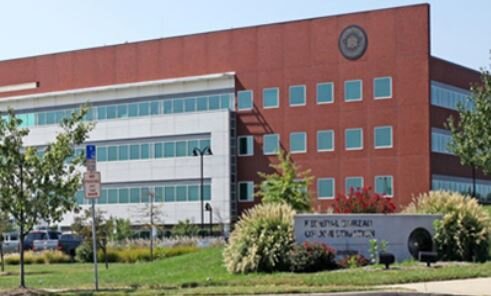Comprehensive Energy Overhaul for GSA and FBI
We were able to reduce energy cost and consumption by 20%. The annual energy savings exceeded $90,000.
Asset Facts
Date Built 2004
Square Feet 142,002 Asset Type Offices, Flex Space
Project Facts
Annual Energy Savings 866,921 kWh
Annual Cost Savings $92,092
Gross Investment $294,063 Rebates $105,699 Rebates as & of Total Project Cost 36 Net Investment $188,365 Net Payback 2.05 years
ROI: 49%
Energy Savings 19%
Whole building energy cost and consumption reduced by 20%
Energy usage reduced by over 860,000 kWh per year
Annual energy savings exceed $90,000.
Challenge
Built in 2004, this 150,000 ft2 office building in the mid-Atlantic United States had operating and client comfort issues arising from inefficiencies in the HVAC, building envelope, and lighting systems.
A large atrium in the lobby and core of the building had significant solar heat gain during the summer, and the annex with 25-foot ceilings had a high level of temperature stratification during the winter
HVAC system ran beyond standard operating requirements
Light levels in tenant space were on average 36% above the IESNA and lease requirements
This secure facility required that our personnel be escorted, thus limiting installations to set operating hours.
Our Solution
Implemented energy efficiency retrofit measures, addressing multiple building systems, including HVAC, lighting, building envelope, advanced controls, and operations:
Installed high-output and high-efficiency lighting fixtures and controls
Introduced destratification fans in the annex, triggered by outside air temperature
Applied low-e solar film to lobby and atrium, reducing solar heat gain and UV ray damage
Implemented data visualization system, displaying real-time energy consumption.
Optimized HVAC operations by adding a building management system (BMS) overlay, controlling system components by taking into consideration:
Time of day usage charges
Peak demand
Historical building operations and consumption
Future weather conditions.

